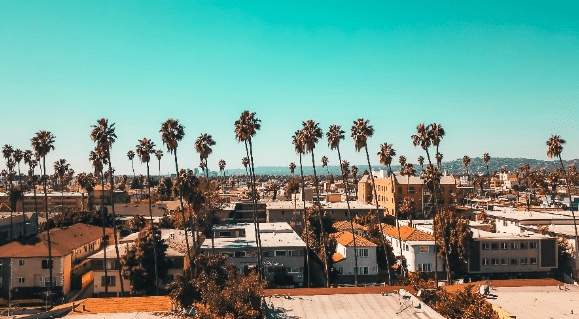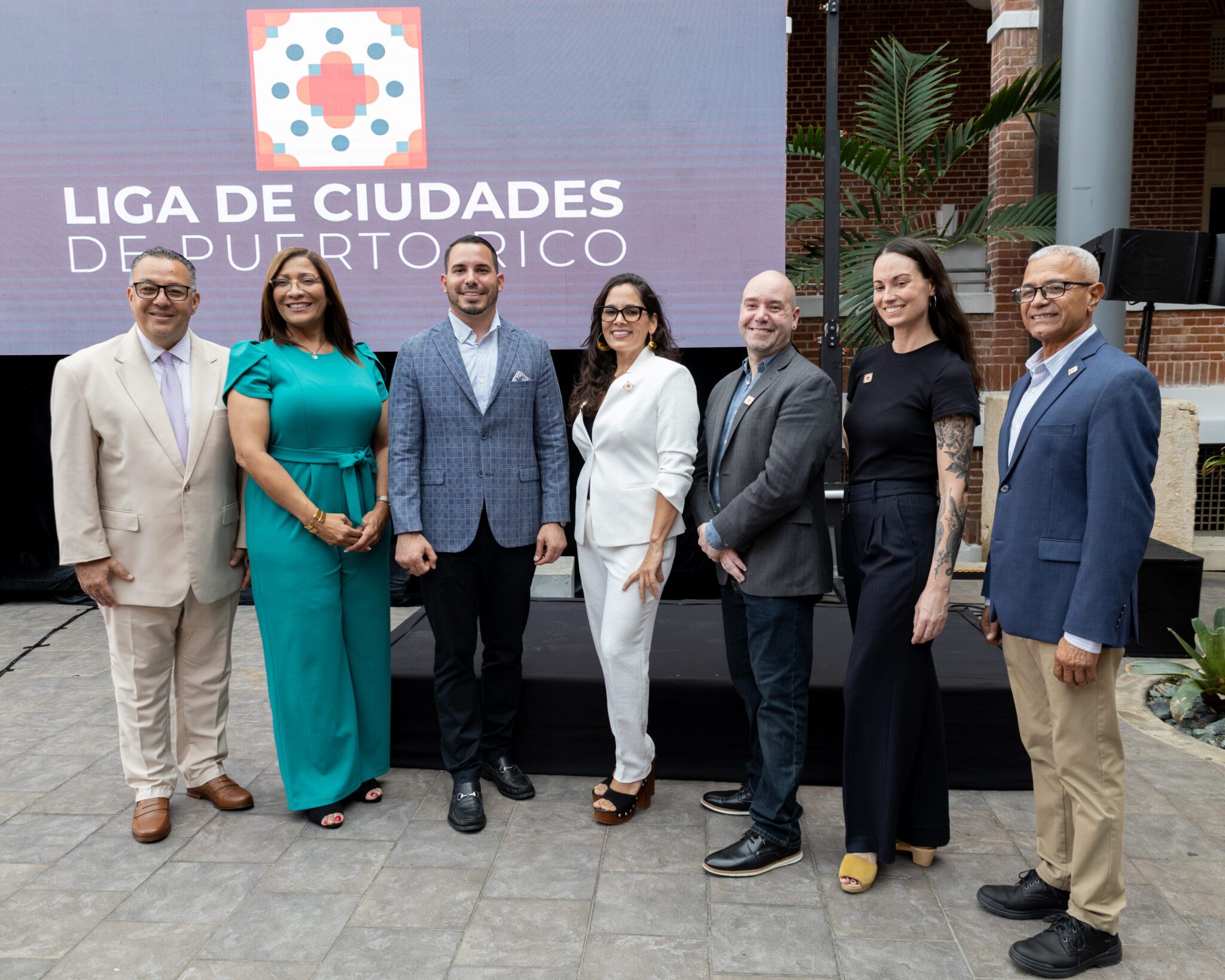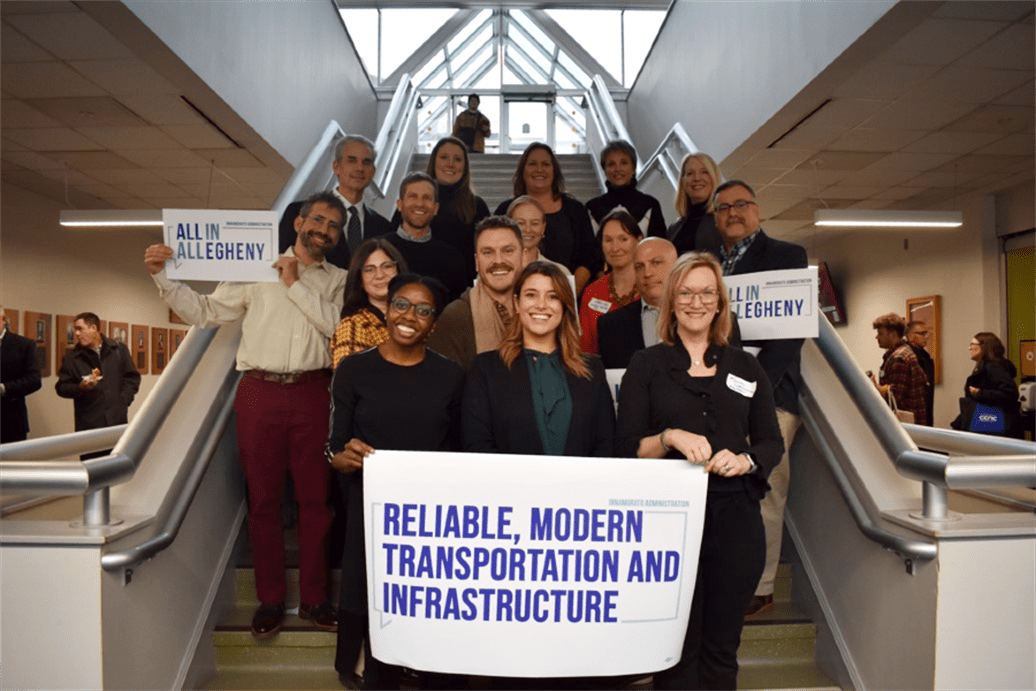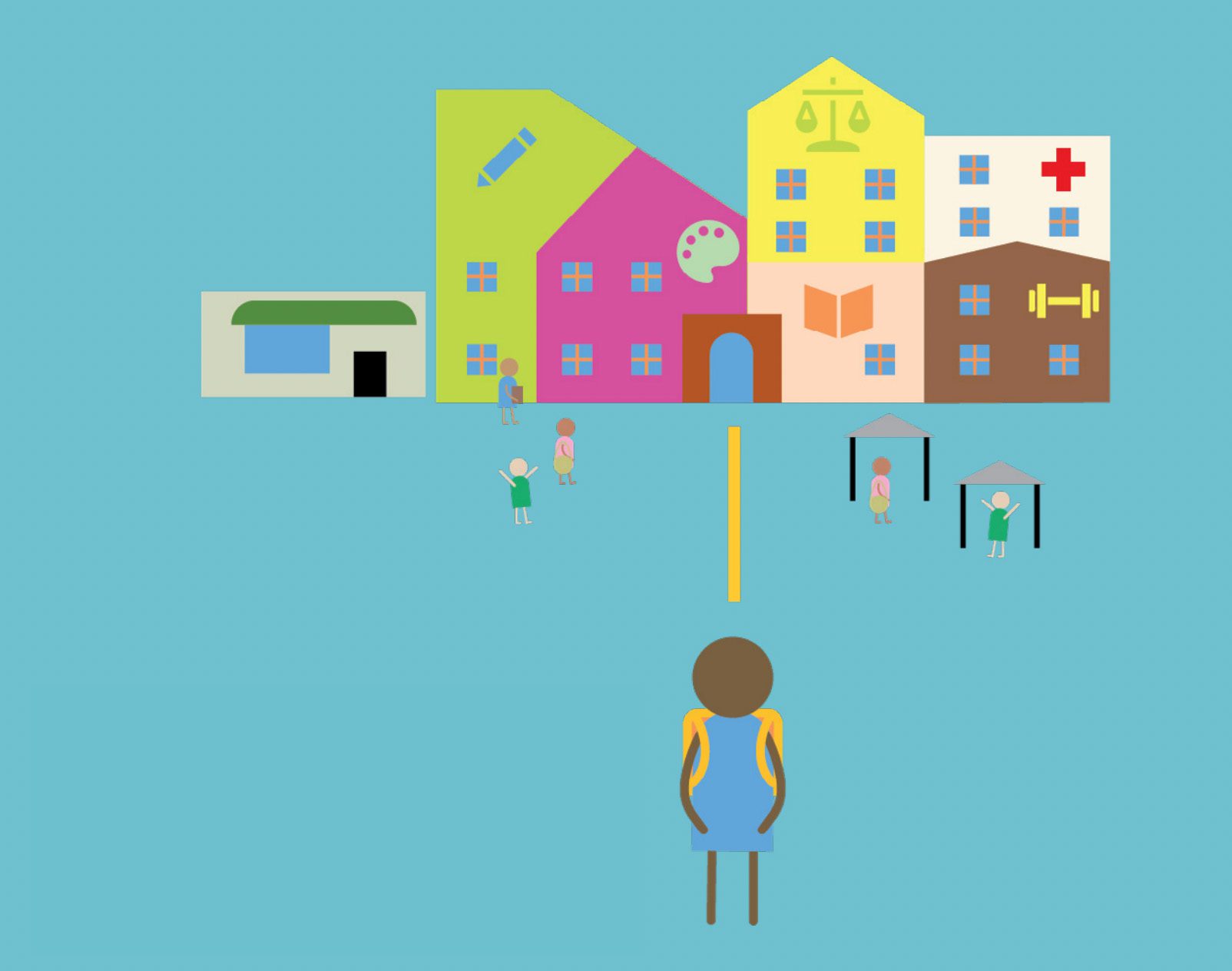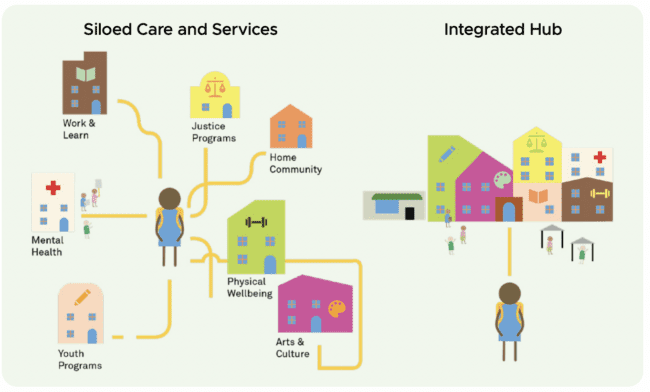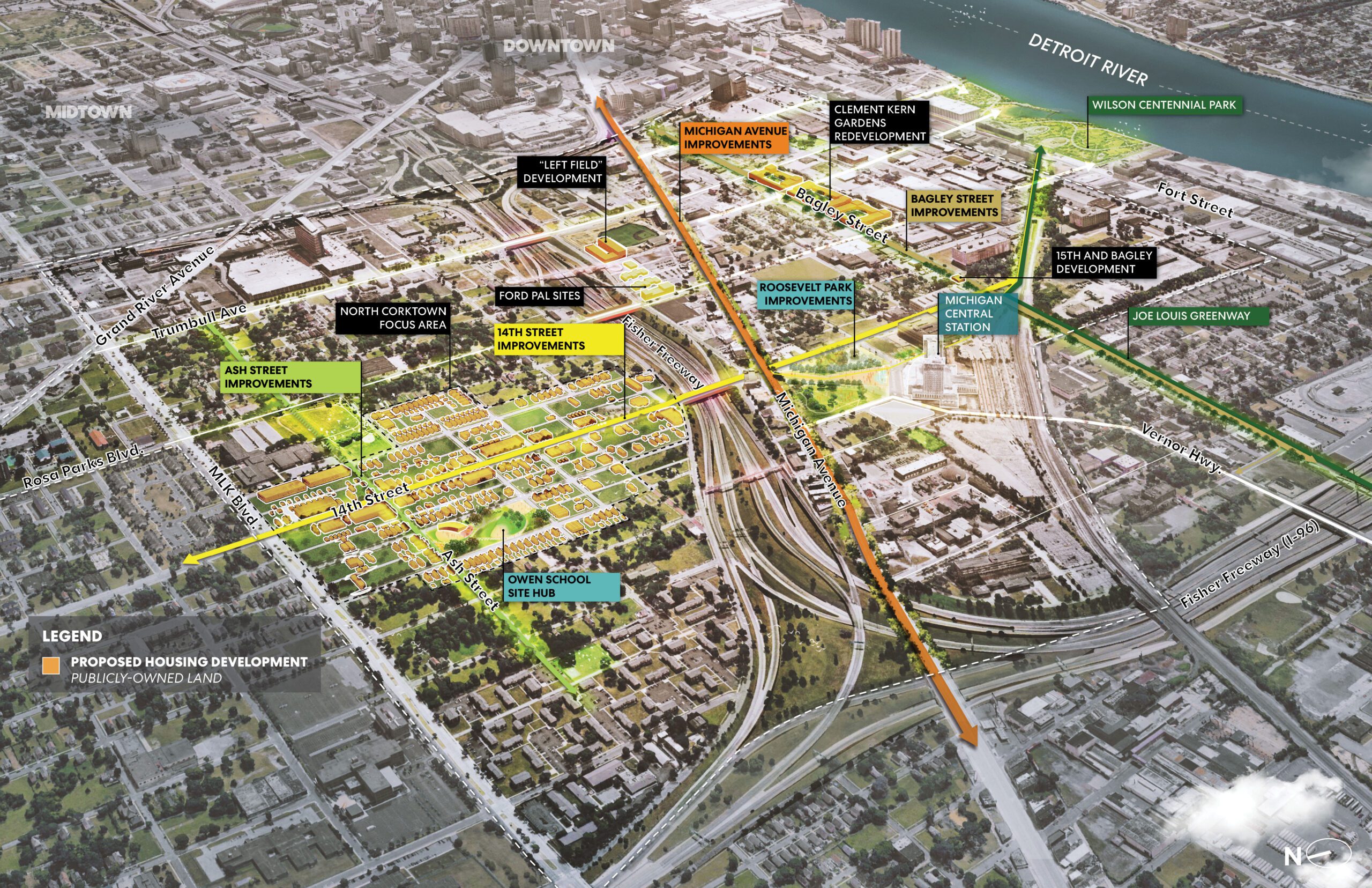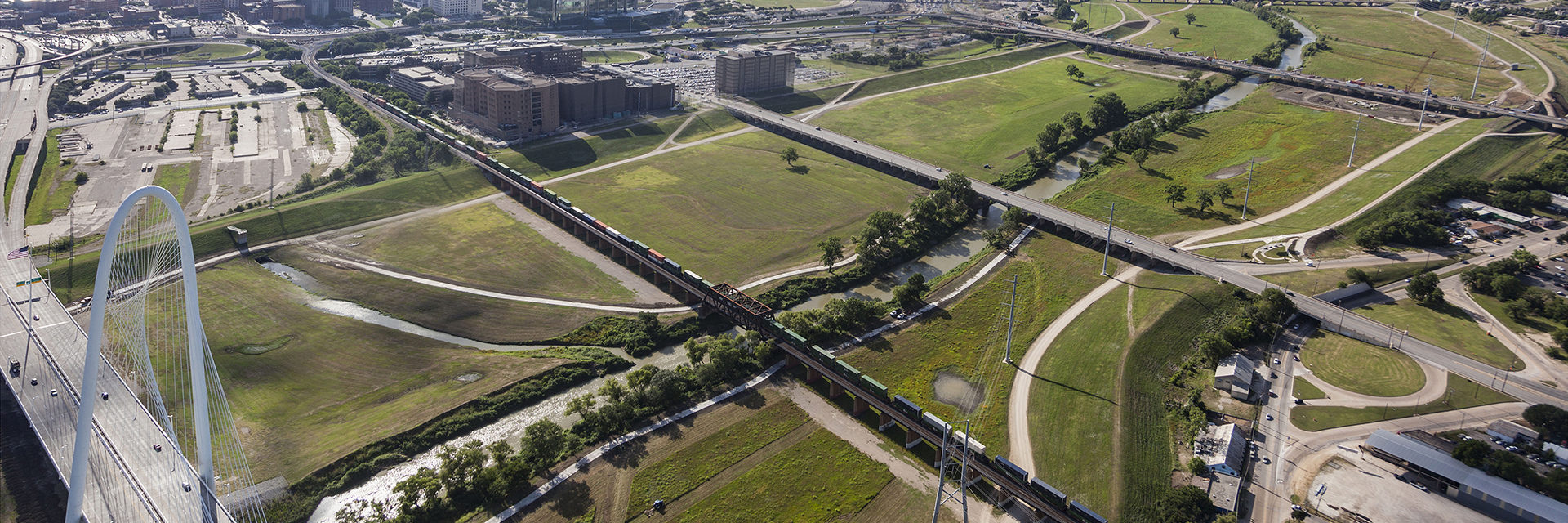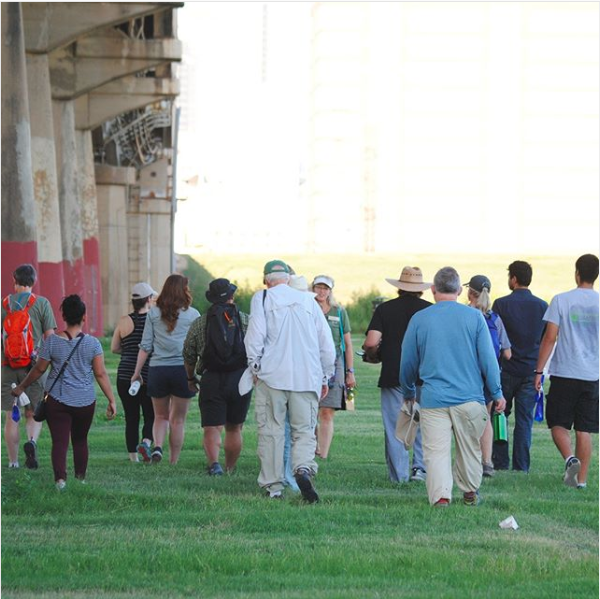Amid high inflation, rising costs, and the ongoing recovery from the COVID-19 pandemic, HR&A collaborated with Los Angeles County to address the critical issue of rental housing costs by developing six potential rent increase formulas for the County Board of Supervisors’ consideration. These options integrated real-world scenarios and input from renters and owners alike, aiming to address market realities, mitigate overburdensome costs, and support the needs of all parties in the rental market.
Nearly all low- and moderate-income renters in unincorporated Los Angeles County are housing cost-burdened, which means they spend more than 30% of their income on rent. Consequently, any rent increase will exacerbate housing instability for these renters and could potentially lead to evictions.
HR&A was proud to support the County Board of Supervisors in exploring and refining its approach to stabilizing rents and protecting tenants. As part of this work we engaged with diverse stakeholders, including tenants, advocates, and property owners, to ensure that our analysis reflected the real-world experiences and challenges of impacted groups. Our engagement supplemented analyses of rental market trends, operating costs, ongoing pandemic impacts, and the policy environment for rent stabilization in California. Based on this work, we developed six potential rent increase formulas for the Board’s consideration, and carefully evaluated each for its impact on all parties involved.
Our analysis and recommendations empowered the County to make an informed decision on changes to their Rent Stabilization and Tenant Protections Ordinance, with the goal of reducing housing instability and prevent evictions, while also considering the needs of landlords. This work not only supports the County’s vision for more equitable affordable housing access but also helps address a pressing community need with housing prices continuing to rise across the State.
